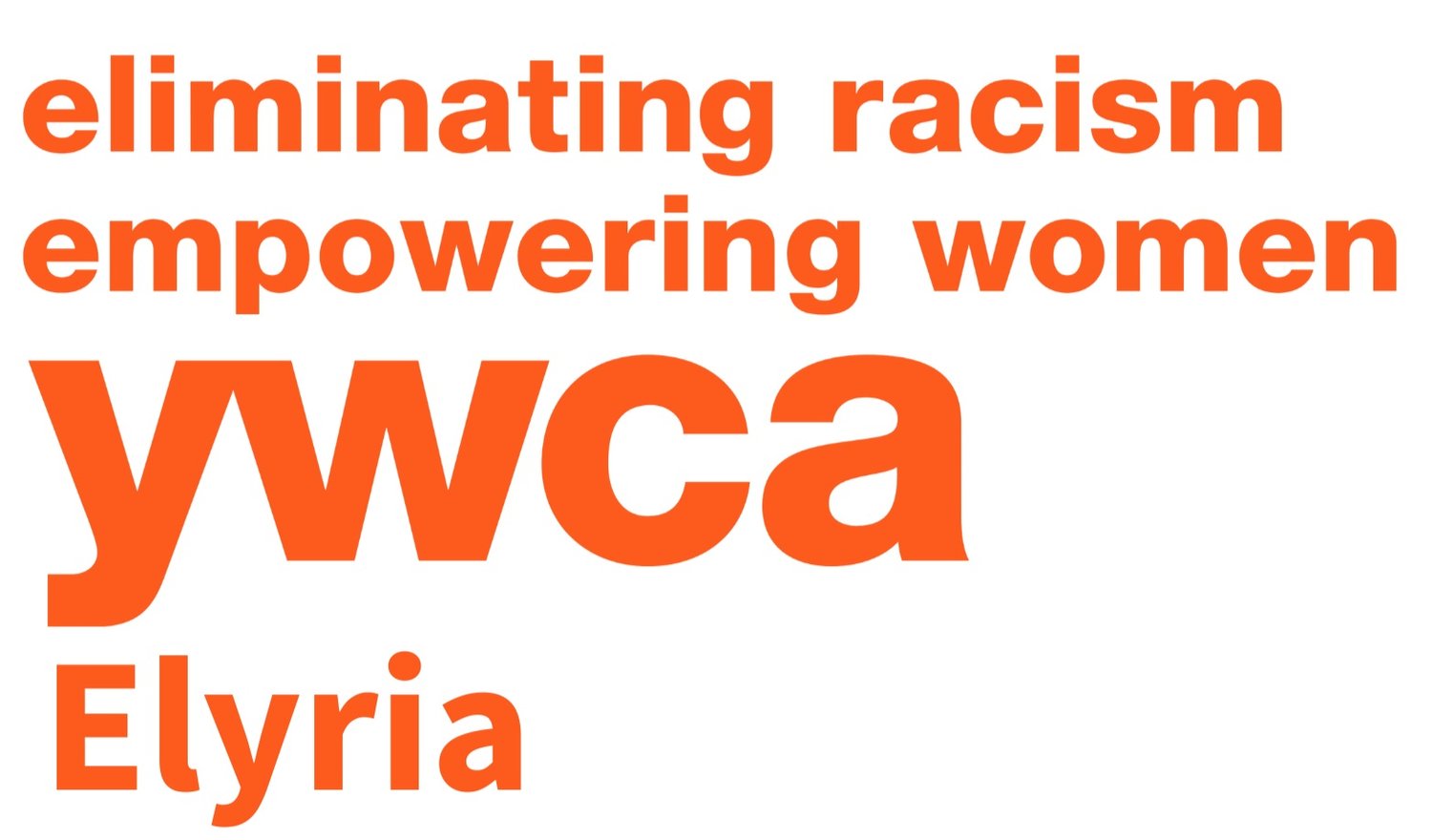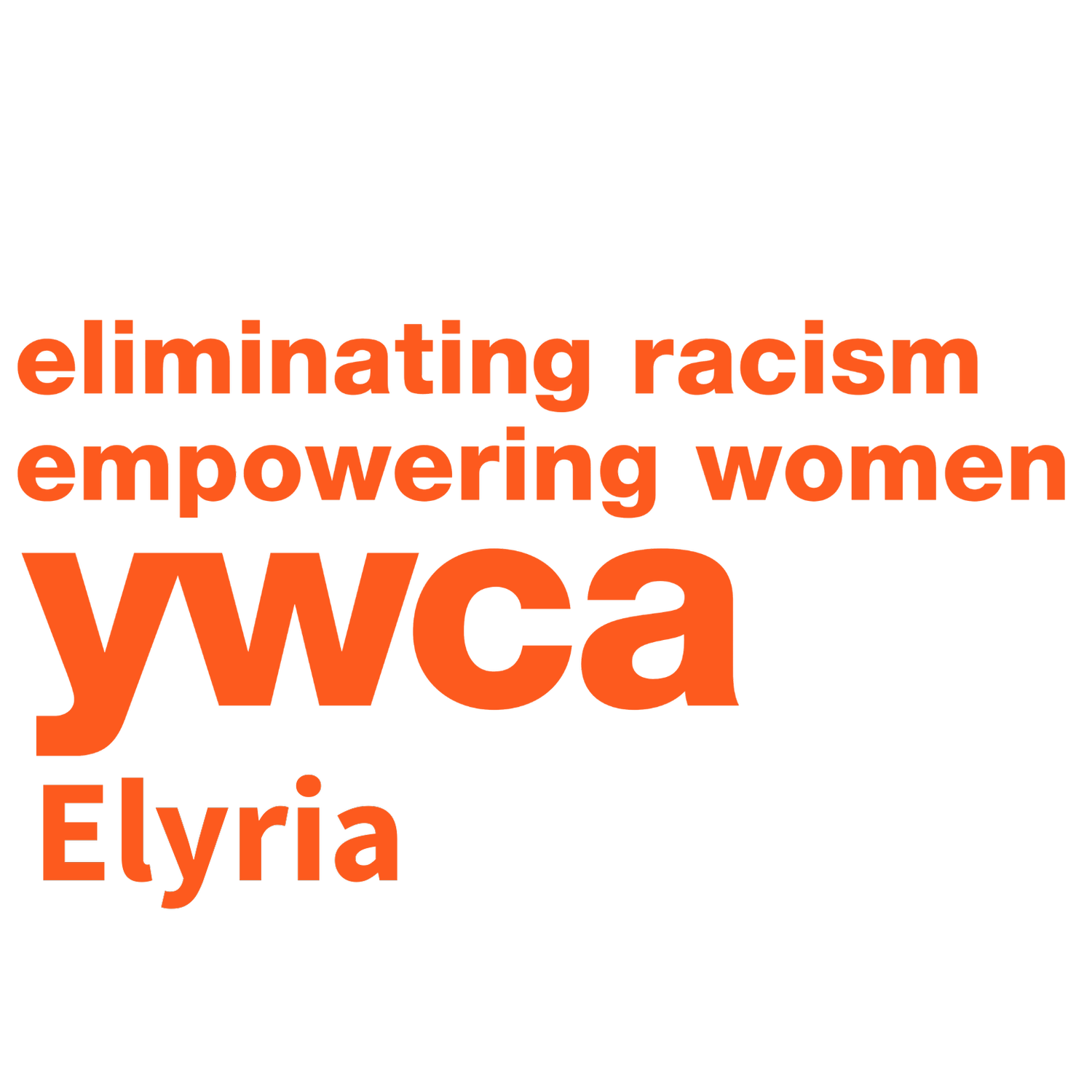HOUSING
-
Fair Housing is protected by the Fair Housing Act. The Act “protects people from discrimination when they are renting or buying a home, getting a mortgage, seeking housing assistance, or engaging in other housing‐related activities. Additional protections apply to federally‐assisted housing. The Fair Housing Act prohibits discrimination in housing because of Race, Color, National Origin, Religion, Sex, Familial Status, and Disability.” Most housing is covered under the Act, except in limited circumstances for owner‐ occupied small buildings with less than 4 units, or single‐unit homes for rent by owner without an agent, and housing provided by religious organizations or private clubs which limit housing to members. This list is used as a benchmark for assessing the status of impediments to fair housing in Lorain County.
This Education section of the larger Lorain County Racial Equity Agenda is intended to highlight the Education Pipeline (Prekindergarten through Post‐Secondary). Two of the sections, early childhood education and middle and high school education, include a reference to a local example of educational excellence occurring in our community now which is contained in the Appendix. The intent is to share information AND spark a deeper discussion about where the ‘leaks’ in the pipeline exist so that we can help move the community toward actionable solutions that will make a lasting positive impact on all children.
-
Through analysis of data, community input, and interviews as appropriate, the following impediments Adapted from: City of Lorain’s Impediments to Fair Housing Study, Cleveland State University. Ms. Kirby Date 2021):
* Public Transportation. Create better and easily accessible Public Transportation in Lorain County. Access to public transportation is severely limited in Lorain County. In low‐income neighborhoods where many residents do not have access to a car, this can effectively limit their access to jobs, school, and community amenities, and force long travel times. The situation is made even more difficult for seniors and persons with disabilities who may not drive a car. Lorain County has a Public Transit Advocacy Director and organization, working to create better public transit in the county. Updates and information can be found on the website and by contacting Sharon Pearson, Mobility Coordinator (http://www.MOVELorainCounty.org/)
* Source of Income Discrimination Policy. Even when decent, affordable housing is available, source of income discrimination limits housing choice for Housing Choice Voucher holders, preventing them from living in choice neighborhoods.
* Availability of Affordable Housing. The availability of affordable housing was identified in the past Analysis of Impediments to Fair Housing as an impediment limiting housing choice in the county. The county has made great strides in prioritizing neighborhood stabilization, and improving flexibility for housing choice and affordable and accessible housing location. Current new housing projects in the pipeline will continue this trend by providing additional affordable housing throughout the county.
* Housing Rehabilitation and Blight Removal. Demolition of blighted and abandoned housing, and rehabilitation of existing housing in poor condition, has been identified by the community as a priority to improve the quality of housing and neighborhoods in the county. This is especially important in lower‐income neighborhoods which have been hardest hit by decades‐old trends of housing abandonment, deferred maintenance, absentee landlords, and property disrepair.
* Availability of Fair Housing Data. As noted in the previous Analysis of Impediments to Fair Housing, improved fair housing data will help the county to assess the nature of fair housing impediments and design appropriate action steps to address them.
* Information, Education and Outreach. Fair Housing Education and outreach makes a difference in enabling residents to take action when they experience discrimination. The community survey indicated that the majority of respondents are unfamiliar with Fair Housing Laws; and that even when they do experience discrimination, they are not confident that reporting it will be convenient and will have any effect. With a large population of Spanish speakers, ensuring good communication is an important issue for the county, especially in the Cities of Elyria and Lorain.
-
Lorain County has approximately 312,964 residents. Of that, 9.0% are Black/ African American, 3.1% are Multiracial, 10.4% are Hispanic and 77.7% are White, non‐Hispanic. (census.gov)
The median household income in Lorain County currently for all households is $64,081; median household income:: White $67,896, Black $32,840, Multiracial $36,119, Hispanic/Latinx $39,219.
Lorain County’s poverty rate (percent of individuals in poverty within that racial/ethnic category) is as follows: Black 40.3%, Hispanic/Latinx 37.3%, White 10.7% (Racial Disparities in Lorain County, 2021)
-
The median home value in Lorain in November 2021 was $109,000 (realtor.com), whereas the states' median home value was $192,352 (zillow.com). A home for some families represents household wealth and often represents the most significant asset on a household's balance sheet, according to the Survey of Consumer Finances.
However, the racial gap in the homeownership rate has limited the financial benefits that accrue to Black households, contributing to the broader racial disparity in wealth accumulation.
-
Some studies have covered up the racial disparities by labeling the issues in the Black communities under the banner of poverty. Pointing the blame for the lack of affordable housing is due to the transient nature of people in poverty. Rent in Lorain County is also considered to be inexpensive, with median rent averaging $688 per month, compared with the national median rent rate of $1,419 per month. More than half of all renters are paying rates that are considered a burden to the renter in Lorain County, which is especially notable given the amount of substandard units that exist in cities such as Lorain and Elyria.
-
* In 2019, the Black homeownership rate (41%) was the lowest of all racial and ethnic groups. Between 2000 and 2017, the Black homeownership rate dropped 4.8 percentage points‐a loss of about 770,000 Black homeowners—while the homeownership rates of other racial and ethnic groups either remained constant or increased.
* The homeownership gap is larger for low‐income households likely because low‐income White families, on average, have higher household wealth, and young White adults are more likely to have access to financial support from their parents. Reducing the income gap would reduce the Black‐ White homeownership gap by about 9 percentage points.
* Compared with the overall population, Black adults are significantly more likely than White adults to be homeless. In 2020, 40% of the homeless population were Black and 45% were White; even though the proportion of Black residents in Lorain County is only 10%.
* More than 50% of White households have a FICO credit score above 700, compared with only 20.6% of Black families. Thirty‐three percent of Black households with credit histories have insufficient credit and lack a credit score, while only 17.9% of White households have missing credit scores. Black families with a mortgage would increase by 10.6% if their credit score distribution was the same as White households.
-
The following have been identified based on impediments to fair housing (Adapted from: City of Lorain’s Impediments to Fair Housing Study, Cleveland State University. Ms. Kirby Date 2021):
1. Identify ways that transportation can be provided and improved, and how key jobs and housing connections can be made. Continue to work with Lorain County Public Transit, MOVE (Mobility & Opportunity for a Vibrant Economy) Lorain County, and employers to identify Transportation needs and solutions.
2. Adopt an amendment to the Fair Housing ordinance prohibiting Source of Income discrimination.
3. Increase the availability of affordable housing. Continue to work with local LIHTC developers and others to ensure that a wide range of decent, affordable housing is available throughout the city.
4. Prioritize funds for demolition and repair. Continue the emergency home repair fund and explore instituting a revolving loan program for rehabilitation.
5. Have Fair Housing data available. Implement a program of Fair Housing testing. Additional key data sources include regular scans of advertisements, and regular review of benchmark data sources such as the Housing Mortgage Act data source.
6. Provide Fair Housing Education through multiple channels such as flyers, workshops and training, and outreach to families through schools and faith groups, outreach through social service agencies, and public advertising and public service announcements. Special attention will be paid to providing Spanish language information and outreach to limited English speakers whose primary language is Spanish. The convenience of the process for reporting, and the positive results that come from reporting, will be included in information and education. Supportive person‐to‐person outreach will be accomplished by providing training to providers of social services and faith‐based services.
7. Provide opportunities for training, education and networking on Fair Housing Law and best practices for county/city staff on an ongoing basis.
HOUSING SUB-COMMITTEE
Drew Crawford, Planning and Zoning Administrator Department of Building, Housing and Planning, City of Lorain
Fallon Peterson, Program Officer the Nord Family Foundation
Max Upton, Director of Building, Housing, Planning City of Lorain
RESOURCES
-

RACIAL DISPARITIES IN LORAIN COUNTY
A comprehensive - one stop - document that illustrates racial disparities across the various public systems in our local community.
-

TOWARDS GREATER EQUITY IN STEM
The goals of this analysis are to get more Black and Brown students exposed to, excited about and working in STEM professions.
-

ADVANCING RACIAL EQUITY THROUGH PREK
Scores of research show that children have systematically unequal chances of getting the experiences they need to grow up healthy.



